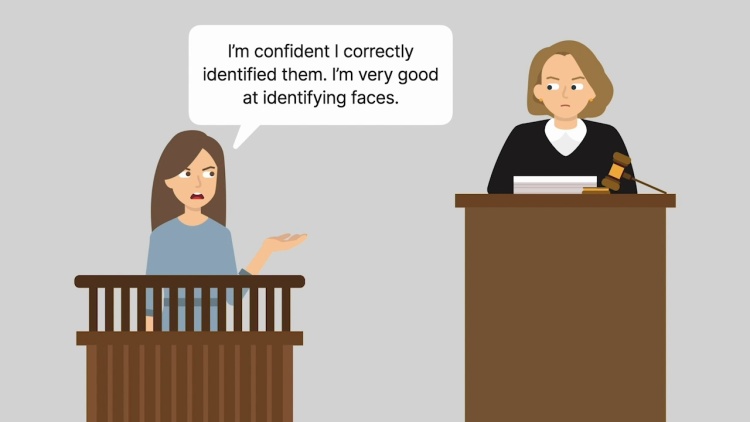Smith v. State
Maryland Court of Appeals
880 A.2d 288 (2005)
- Written by Eric Miller, JD
Facts
Christine Crandall, a White female, was accosted by two Black males as she sat in her car, which was parked in front of her residence. One of the men pointed a gun at Crandall while the other tried to pry Crandall’s car keys from her hand. Crandall’s neighbor appeared, and Crandall told the neighbor to call the police. The men walked away before the police arrived. Crandall was later presented with arrays of photos of suspects. Crandall identified Jason Mack (defendant) and James Smith (defendant) as the assailants, although Mack’s hairstyle in the photo differed from the hairstyle Crandall remembered. Crandall stated that given her experience as a teacher and as a painter, she was very confident in her ability to identify faces. Mack and Smith were charged with attempted armed robbery. At trial, counsel for the defendants moved in limine for the court to allow jury instructions on the subject of cross-racial witness identification—i.e., the idea that a person’s ability to accurately identify another person’s face is much lower if the other person is of a race different from the person’s race. The motion was denied. Defense counsel similarly requested that the court allow the subject to be addressed in closing argument. This was also denied. Mack and Smith were convicted. Mack and Smith appealed, and the intermediate appellate court affirmed. Mack and Smith again appealed. The Maryland Court of Appeals granted certiorari.
Rule of Law
Issue
Holding and Reasoning (Battaglia, J.)
Dissent (Harrell, J.)
What to do next…
Here's why 899,000 law students have relied on our case briefs:
- Written by law professors and practitioners, not other law students. 47,000 briefs, keyed to 994 casebooks. Top-notch customer support.
- The right amount of information, includes the facts, issues, rule of law, holding and reasoning, and any concurrences and dissents.
- Access in your classes, works on your mobile and tablet. Massive library of related video lessons and high quality multiple-choice questions.
- Easy to use, uniform format for every case brief. Written in plain English, not in legalese. Our briefs summarize and simplify; they don’t just repeat the court’s language.





